I have 3 rather large files (67gb, 36gb, 30gb) that I need to train models on. However, the features are rows and the samples are columns. Since Dask hasn't implemented transpose and stores DataFrames split by row, I need to write something to do this myself. Is there a way I can efficiently transpose without loading into memory?
I've got 16 gb of ram at my disposal and am using jupyter notebook. I have written some rather slow code, but would really appreciate a faster solution. The speed of the code below will take a month to finish all the files. The slowest step by a few orders of magnitude is awk.
import dask.dataframe as dd
import subprocess
from IPython.display import clear_output
df = dd.read_csv('~/VeryLarge.tsv')
with open('output.csv','wb') as fout:
for i in range(1, len(df.columns)+1):
print('AWKing')
#read a column from the original data and store it elsewhere
x = "awk '{print $"+str(i)+"}' ~/VeryLarge.tsv > ~/file.temp"
subprocess.check_call([x], shell=True)
print('Reading')
#load and transpose the column
col = pd.read_csv('~/file.temp')
row = col.T
display(row)
print('Deleting')
#remove the temporary file created
!rm ../file.temp
print('Storing')
#store the row in its own csv just to be safe. not entirely necessary
row.to_csv('~/columns/col_{:09d}'.format(i), header=False)
print('Appending')
#append the row (transposed column) to the new file
with open('~/columns/col_{:09d}', 'rb') as fin:
for line in fin:
fout.write(line)
clear_output()
#Just a measure of progress
print(i/len(df.columns))
The data itself is 10million rows (features) and 2000 columns (samples). It just needs to be transposed. Currently, it looks like this: 